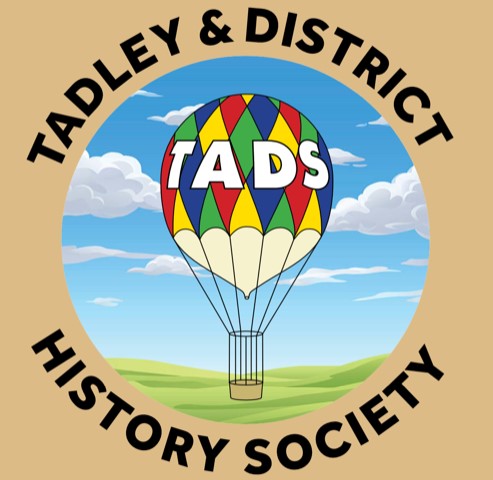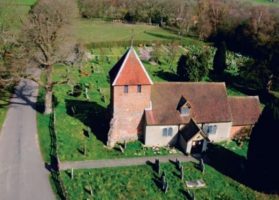Family
John Saunders was born on 13 October 1895 at Heath End, Tadley.
His parents were James and Emma Rebecca Saunders (née Matthews). James was a ‘General Labourer’.
He was the eldest son of ten children; Lizzie, Dorothy, John, Lilian ‘Lily’, Ivy, James, Alice, William, Emily and Frank.
In the 1901 Tadley Census he was 5 years old and living with his parents and four sisters at Heath End, Tadley.
By 1911 the family had moved to New Road, Tadley, approximately the site of Reubens Crescent, where his father kept cows on a smallholding. John was aged 15 and his occupation listed as ‘Grocer’s Errand Boy’.
John was unmarried.
Service record
John enlisted in Basingstoke prior to September 1915 and served as a driver in the 21st Reserve Park, Army Service Corps (service number T3/028633).
The Army Service Corps (sometimes referred to as Ally Sloper’s Cavalry, after a fictional comic strip character of the day) were the unsung heroes of the British Army in World War I – soldiers cannot fight without food, equipment or ammunition. In the war, the vast majority of this matériel, for supplying the army on many fronts, was supplied via Britain. Using horses and motor vehicles, railways and waterways, the corps performed huge logistical operations which was one of the great organisational feats that helped win the war.
At its peak, the corps numbered 10,547 officers and 315,334 men. In addition, there were tens of thousands of Indian, Egyptian, Chinese and other native labourers, carriers and stores men from all nations, all under orders of the corps.
The letter and number prefix in front of John’s service number is useful in identifying his role in the Army Service Corps. The ’T’ suggests he served in a horsed transport company, and the number ‘3’ that he was recruited into Kitchener’s 3rd (New) Army. Horsed Transport Reserve Park Companies were responsible for handling the rations and forage for a division.
The 21st Division, to which the 21st Reserve Park was attached, was an infantry division raised in September 1914 from men volunteering for Lord Kitchener’s 3rd New Army. The division moved to France in September 1915 and served on the Western Front for the duration of the war.
There is no record of how John died but it is probable it was during the Third Battle of Ypres. The Huts Cemetery, where he is buried, was used between July and November 1917, during the British summer offensive known as the Third Battle of Ypres (Battle of Passchendaele). Field ambulance units were based in the vicinity and there was a row of huts along the Dickebusch-Brandhoek road used by the medical units at this time. This row of huts was probably the origin of the cemetery’s name.
Besides John, amongst those remembered on Tadley War Memorial is Frederick Appleton who also served in the Army Service Corps.
Died
John was killed in action on Friday 19 October 1917, just six days after his 22nd birthday.
Commemorated
He is buried in The Huts Cemetery [XIII C 1], Ieper, West-Vlaanderen, Belgium. The inscription on his headstone reads: “Thy will be done”.
He is also remembered on Tadley War Memorial.
Decorations
John was awarded the Victory medal, British War medal and 1914-15 Star. These would have been sent to his family.

